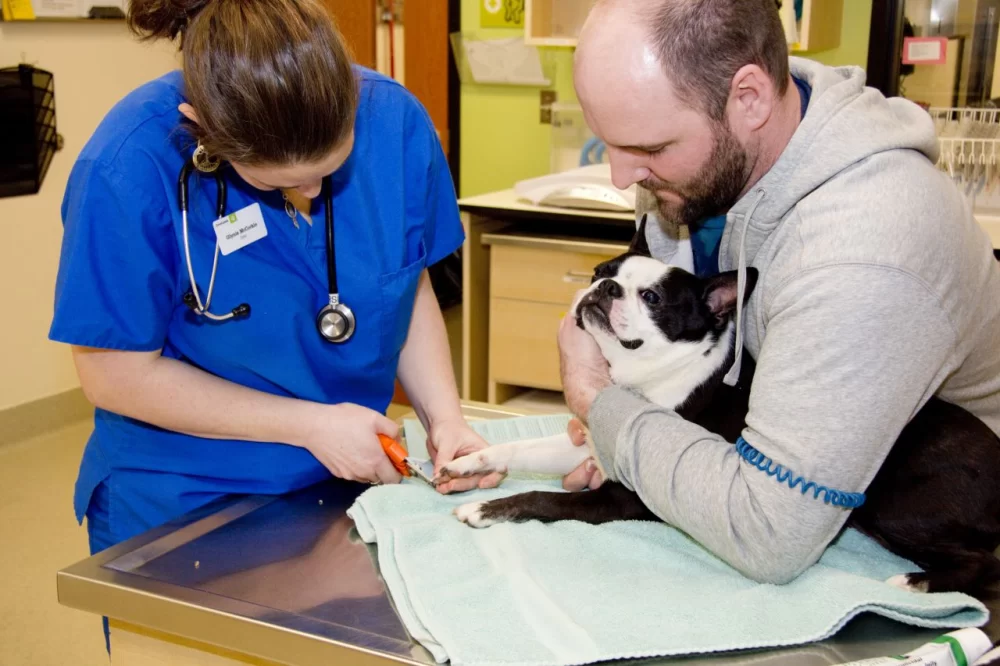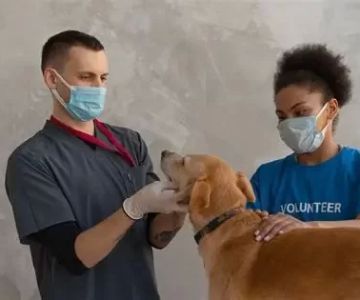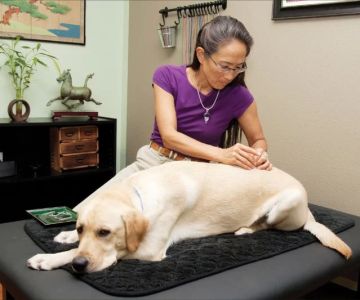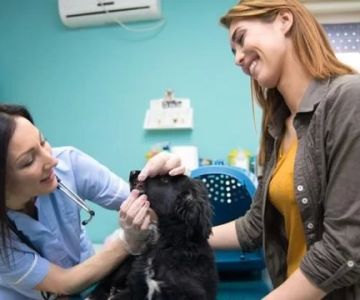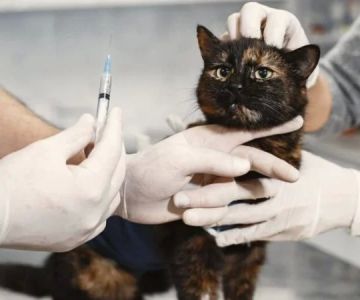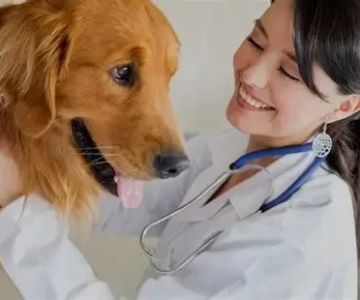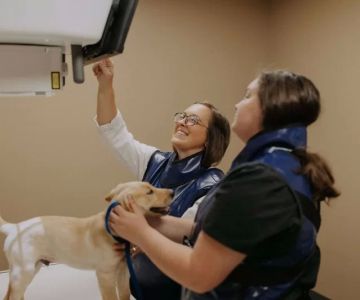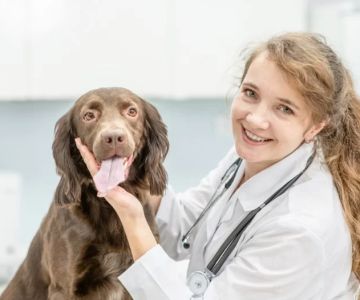Do We Report a Cocaine Toxicity in a Veterinary Clinic? How to Handle Drug Poisoning in Pets
- 1. Introduction to Cocaine Toxicity in Pets
- 2. Identifying the Signs of Cocaine Toxicity in Animals
- 3. How is Cocaine Toxicity Treated in a Veterinary Clinic?
- 4. Do We Report Cocaine Toxicity in a Veterinary Clinic?
- 5. How to Prevent Cocaine Toxicity and Other Drug Poisoning in Pets

